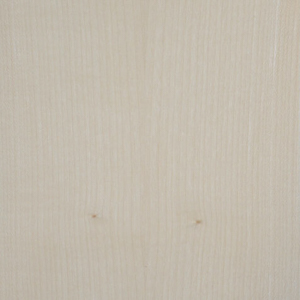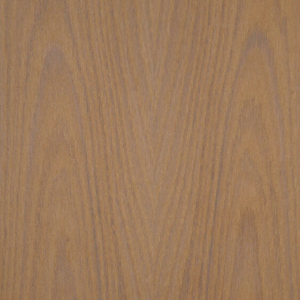Solid wood panels - natural beauty and robustness.
Solid wood panels, made from a single piece of wood or glued solid wood strips, stand for naturalness, stability and durability. They are a popular material in furniture production, interior design and for numerous craft projects.
The natural advantages of wood, its natural beauty and ease of processing make solid wood panels the ideal material for modern furniture and interior design.
Our stock program is immediately available in the standard thicknesses 19 mm, 26 mm and 40 mm .
Please ask for the available formats.
In general:
- Formaldehyde-free D3 gluing
- Limited water resistance
- for indoor use only
Versions:
|
Continuous slat (DL)
|
Wedge-galvanized slat (KV)
|
3-layer panel
|
|---|---|---|
|
Fixed lamella
|
Fixed lamella
|
Fixed slat width depending on wood type
|
|
A/B sorting (front + back)
|
A/B sorting (front + back)
|
A/B sorting (front + back)
|
|
–
|
–
|
ML mostly in wood type of DL
|
|
For: Horizontal surfaces; Tables; Furniture construction; Interior fittings
|
For: Worktops; Carcass construction; Structural construction; Interior fittings
|
For: Interior fittings; Fronts
|
Our solid wood panels















Sustainability, appearance and durability of solid wood panels
The sustainable extraction of wood for the production of solid wood panels, veneers and sawn timber is of crucial importance for environmental protection and the conservation of natural resources. This process includes several important aspects that ensure that timber production does not damage the ecosystems in which it takes place.
Responsible forestry
Sustainable extraction begins with responsible forest management that takes into account the protection of forests as habitats and their function as CO2 reservoirs. This includes compliance with guidelines and standards that prevent overexploitation and promote biodiversity. Programs such as FSC (Forest Stewardship Council) and PEFC (Programme for the Endorsement of Forest Certification) certify wood from sustainably managed forests and thus provide guidance for consumers and producers.
Reduction of the ecological footprint
Sustainable extraction also aims to minimize the ecological footprint of timber production. This includes the transportation of raw materials, the efficient use of water and energy in the production process and the reduction of waste through the recycling of wood residues and sawmill by-products.
Social responsibility
Another aspect of sustainable extraction is social responsibility towards the communities in the mining regions. This includes fair working conditions, support for local economic cycles and the protection of indigenous rights.
The manufacturing process for wood products such as solid wood panels, veneers and sawn timber is a complex process that requires technical expertise and precision. It comprises various steps, from the preparation of the raw material to the final finishing of the product.
Preparation of the wood
First, the tree trunks are cleaned, stripped of their bark and cut into manageable sections. This preparation is crucial for the quality of the end product and requires specialized machinery and experienced personnel.
Sawing and cutting
Depending on the desired end product, the wood offcuts are then sawn or cut into veneers. Modern sawmills use advanced technologies to ensure precision cuts and minimize material waste.
Drying
Drying the wood is a key step in the production process. This must be carefully checked to avoid warping, cracking and other damage. Drying can take place naturally or in special drying chambers.
Refinement
After drying, the wood is planed, sanded and, if necessary, treated with protective varnishes or oils. These finishing steps are crucial for the aesthetics and durability of the end product.
The natural look of wood products is a key element that enriches living and working spaces and creates a warm, inviting atmosphere. The individual grain, the color variations and the texture of the wood make each piece unique.
Uniqueness of the grain
The grain is the visual evidence of the growth and life history of a tree. It varies greatly between different types of wood and even within the same tree, which offers a variety of design options.
Color variations
Wood can have a wide range of color tones, from light beige nuances to deep dark brown. These natural color variations enable harmonious integration into a wide variety of furnishing styles.
Due to its natural strength and durability, wood is an extremely long-lasting material. Solid wood panels and sawn timber are particularly robust and can last for generations if cared for properly.
Strength and durability
The cell structure of the wood gives it high strength, which makes it resistant to everyday wear and tear. Solid wood is also able to absorb and release certain amounts of moisture without losing its shape.
Care and maintenance
The longevity of wooden products can be further improved by regular care and proper treatment. Protective treatments such as oiling or varnishing protect the wood from moisture, pests and mechanical damage.